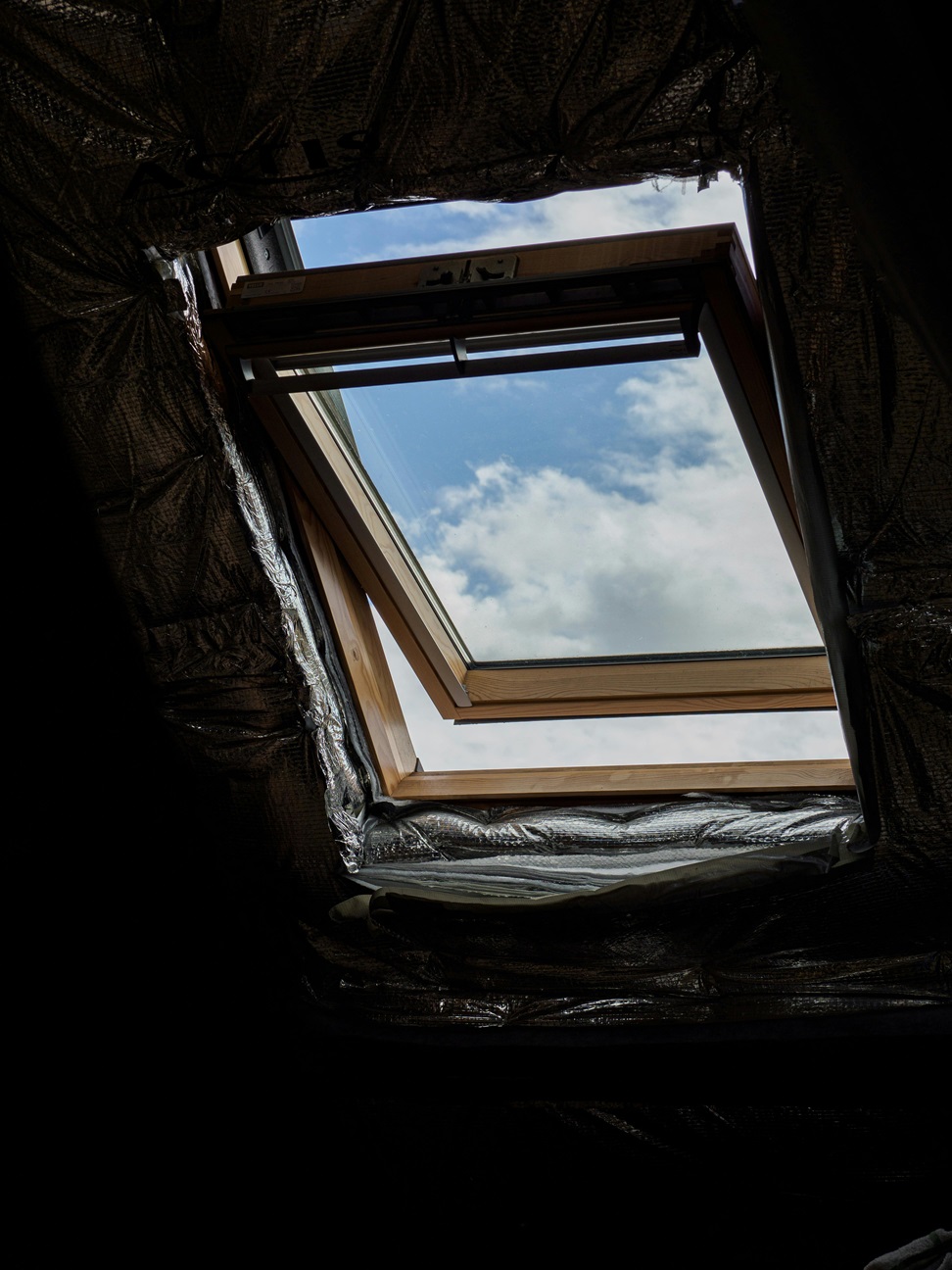When it comes to metal buildings, insulation often takes a backseat, but it shouldn’t! Proper insulation not only improves energy efficiency but also enhances comfort, making your space more enjoyable. With the growing popularity of DIY projects, there are plenty of insulation kits available for the handy homeowner. However, choosing the right one can feel overwhelming. Don’t worry! We’ve got you covered with this guide to help you make an informed decision.
Types of Insulation Materials
Not all insulation is created equal, and knowing the different types can significantly impact your choice:
Fiberglass: This is the most common insulation type, known for its affordability and effectiveness. It has a decent R-value (a measure of thermal resistance) and is relatively easy to install. Just be sure to wear protective gear, as fiberglass can irritate your skin.
Foam Board: A great option for insulating walls and foundations, foam board offers excellent moisture resistance and a higher R-value compared to fiberglass. It’s a bit more challenging to install but provides superior insulation.
Spray Foam: This is a versatile choice that expands upon application, creating an air-tight seal that effectively blocks out moisture and air leaks. It’s perfect for hard-to-reach areas, but it’s generally more expensive and requires careful application.
Reflective or Radiant Barrier: Ideal for hot climates, this type of insulation reflects radiant heat away from your building, helping keep temperatures down. It’s a great addition to traditional insulation methods for maximum efficiency.
R-Value Considerations
R-value is a key factor in insulation effectiveness. It measures how well a specific insulation material resists heat flow; the higher the R-value, the better the insulation. Determining the right R-value for your metal building depends on your local climate and the specific use of the space. For instance, colder regions may require a higher R-value to retain heat, while milder areas can get away with a lower rating. Consider checking a general guide or chart that outlines recommended R-values based on your location. Can you insulate roof only when it comes to your property? The answer is yes. Click on the link for more information.
Size and Coverage of the Kit
When selecting an insulation kit, accurately calculating the amount you need is essential. Measure the square footage of your metal building and compare it to the coverage area provided by the kit. Most insulation kits will indicate how much space they can cover, so it’s vital to ensure you buy enough for your project. If you’re unsure, it’s often safer to overestimate a little to avoid running out mid-project!
Installation Process and Ease
One of the best things about DIY insulation kits is their ease of installation. Most kits come with user-friendly instructions and often include all the necessary tools. However, installation methods can vary depending on the type of insulation. For example, fiberglass batts are typically just placed between studs, while spray foam requires more finesse. Researching installation tips for the specific kit you choose can make the process smoother and more enjoyable.
Reviews and Recommendations
Before making a purchase, doing a bit of research can save you time and frustration. Reading reviews and testimonials can provide insight into how effective a particular insulation kit is. There are numerous online resources where users share their experiences, so take advantage of these. If you find a kit that’s consistently receiving positive feedback, it’s likely a good choice for your project.
Other Materials You Should Buy for DIY Insulation
If you’re going DIY with your insulation, the most important thing is to get your hands on quality materials. Indeed, the main concern should be the insulation itself, ensuring you read reviews and understand how it’s constructed. But, there are also various other materials you’ll need to get if you want to do a professional job. Let’s take a look at what they are.
Screws and Locking Washers
You always want to achieve security with your DIY insulation. In other words, you want it to be held tightly in place and have a good seal. This is what’s going to offer moisture reduction and better control of temperatures. To ensure this happens, you need to get screws and locking washers. When they’re made of metal, they’re going to secure the insulation in place and offer durability.
Vapor Barrier Seam Tape
You need to make sure that your insulation is secure and there are no gaps. In order to seal it all, you can use vapor barrier seam tape. This is an affordable elements to buy and it can be used to join seams and seal edges. The great thing about tape is that it’s easy to work with and it’s not messy. All you have to do is cut the pieces to size. It shouldn’t leave any sticky residue and have strong adhesive to seal anything you need. What’s more, you often get to choose the color, so you can select one that’s going to blend in with the insulation. Most people select white.
Insulation Repair Tape
There’s another type of tape you might want to get your hands on. We’re talking about insulation repair tape. If your insulation sustains damage, you might think about replacing it straight away. But, this can be an expensive task. Instead, when you have this tape, you can repair the damage. Not only does this same money, but it’s a good way of carrying out repairs quickly and making sure you’re still benefiting from the insulation.
Conclusion
Choosing the right DIY insulation kit for your metal building doesn’t have to be a daunting task. By understanding your building’s needs, exploring different insulation types, considering R-values, and evaluating your budget, you can make a well-informed decision that will enhance your space for years to come. Don’t forget to take your time and research your options—after all, this is an investment in comfort, efficiency, and the overall value of your property.
Photo by Brett Jordan: https://www.pexels.com/photo/photo-of-a-window-4482829/

